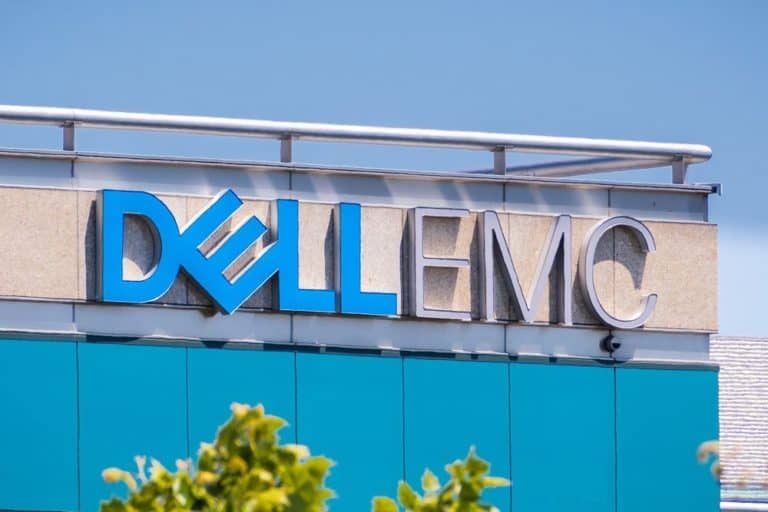Dell EMC and Nvidia have made a reference design for artificial intelligence (AI) workloads available. The design is part of a portfolio of converged systems designed for machine learning and scaling next-gen workloads.
The reference architecture combines Dell EMC all-flash Isilon F800 with the Nvidia DGX-1, writes ZDNet. As artificial intelligence becomes a critical workload for enterprises, storage giants are rolling out building blocks to build machine learning and AI workloads.
The Dell EMC and Nvidia system is such a building block, and is offered through Dell partners FusionStorm Computer Center, Insight, Presidio, Sirius and WWT. The collaboration between the two companies revolves around high-performance computing and converged systems.
It’s also about Dell EMC Ready Solutions for AI, which combines Dell EMC PowerEdge C4140 with Nvidia Tesla V100 GPUs. The GPUs are particularly important for AI workloads due to their large amount of cores compared to CPUs.
Other manufacturers
Other manufacturers are also working on solutions for AI workloads. These include NetApp, Pure Storage and HPE. Earlier this year, Pure Storage and Cisco launched a converged FlashStack system that is suitable for AI applications. FlashStack is a line of converged systems that combine all-flash arrays from Pure Storage with Cisco’s UCS servers and Nexus switches.
Early this month, NetApp and Cisco also optimized their joint Converged Infrastructure product Flexpod for workloads that are highly dependent on AI and machine learning. The joint Flexpod proposition, called Flexpod AI, aims to make workloads based on AI and machine learning easier to use.
The added improvements include end-to-end NVMe applications and the ability to run on the latest generation of UCS solutions, such as the 480 ML M5 servers with Nvidia GPUs. It also supports Cisco’s Nexus solutions as well as NetApp’s Ontap 9.5 software. The latest version now also supports applications such as persistent memory and Max Data, which allows new technology to be integrated more quickly.
This news article was automatically translated from Dutch to give Techzine.eu a head start. All news articles after September 1, 2019 are written in native English and NOT translated. All our background stories are written in native English as well. For more information read our launch article.